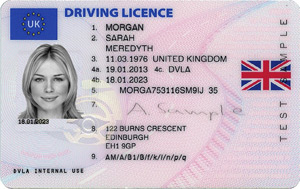- Based on 2026 Highway Code
- Updated for January 2026
DVLA Driving Theory Test Practice 2026
When you take the 2026 theory test for real, you won’t be told by the DVSA which questions you have answered incorrectly. Instead, you will only be told which categories those questions belong to. That’s where our free mock theory tests come in! You will see which categories you are weakest in: road signs, vulnerable road users, or hazard awareness. Each of our practice questions comes with a hint to help you pick the right answer, along with an explanation of the right answer. That way, you’ll be able to correct any misunderstandings and have a good chance of acing your theory test the first time. Good luck!







